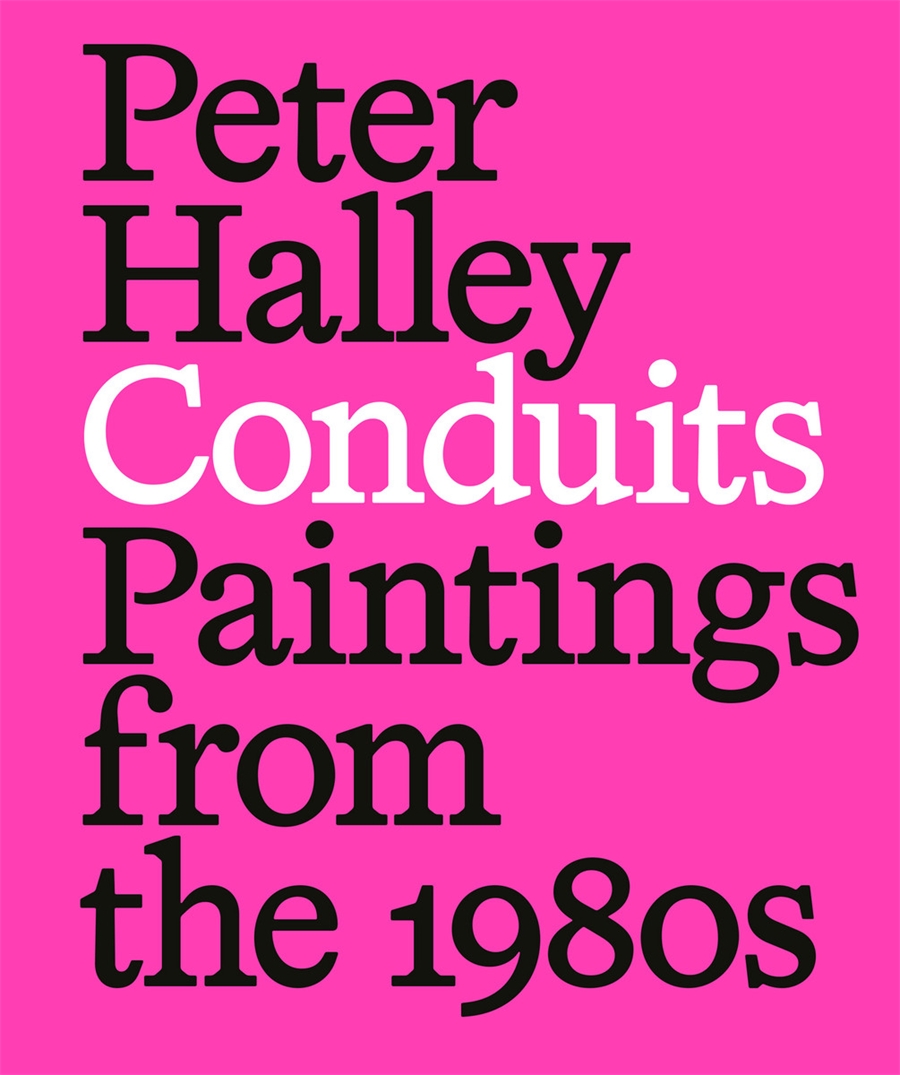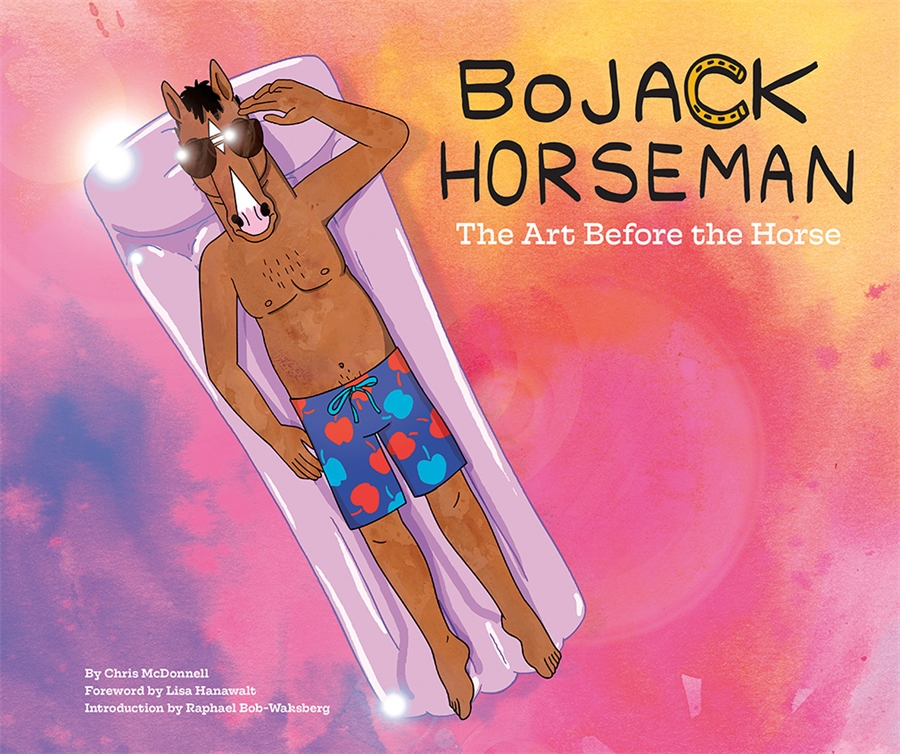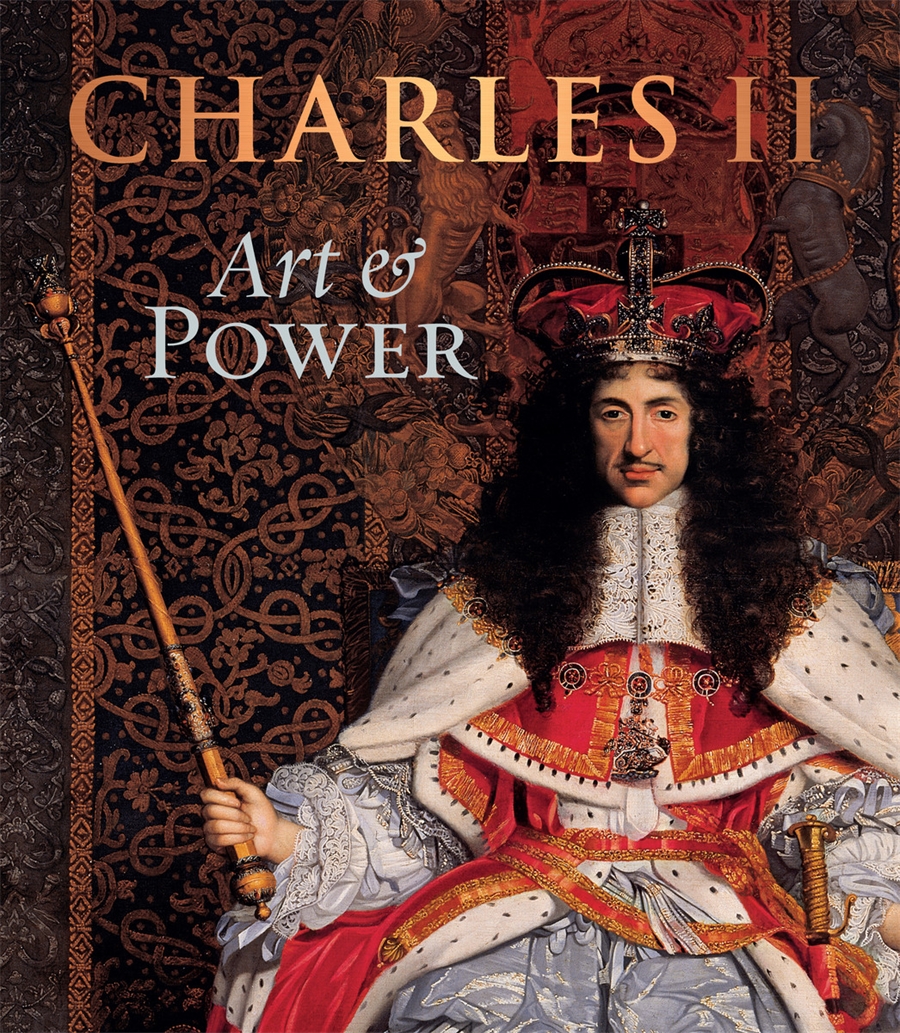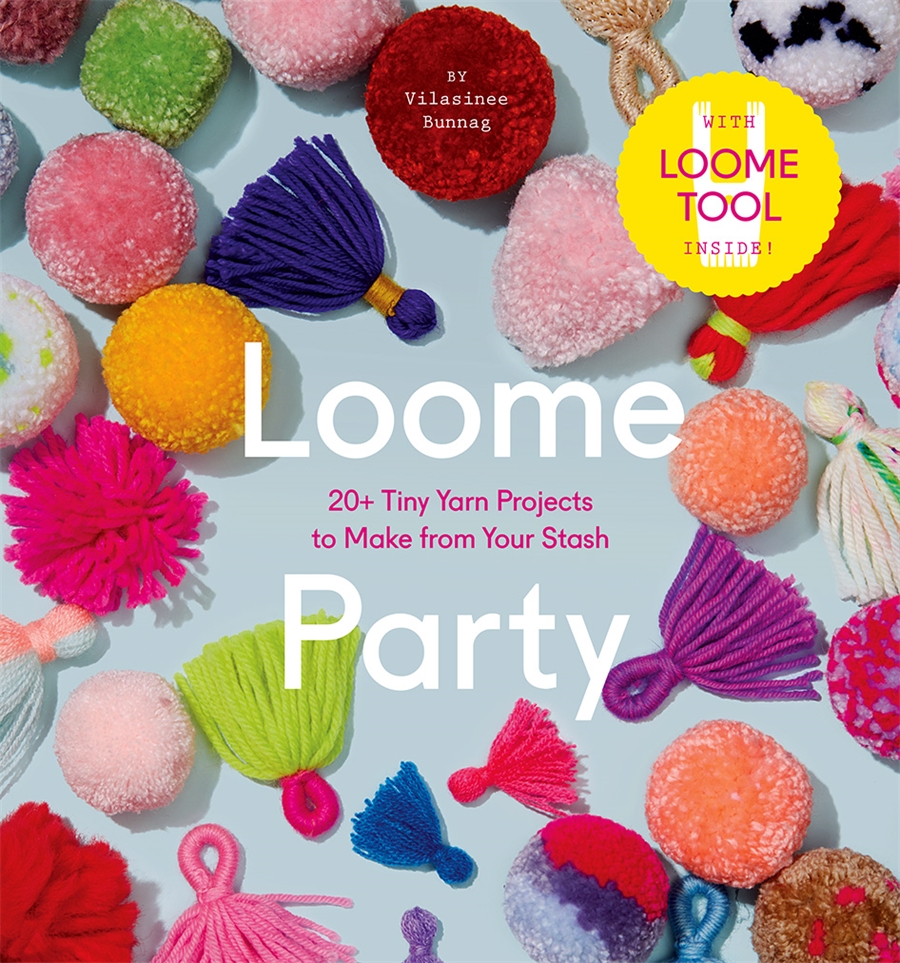Description
A Geometricised World
In 1980 Peter Halley painted his first “prisons,” re-deploying the language of geometric abstraction in response to physical and bureaucratic environments. Radically deconstructing the language of abstraction, he re-imagined it not as a utopian source of liberation, but as a dystopian symbol of the regulation of physical and social space. As he wrote in 1990: “I wanted to draw attention to this geometricised, rationalised, quantified world. I saw it as a world characterised by efficiency, by regimentation of movement, bureaucracies, whether in the corporation, government, or university.”
Working in the era of the mass adoption of personal computers and the advent of the Internet, he developed a tightly organized system of discrete, geometric forms that he refers to as “prisons,” “conduits,” and “cells.” Adopting non-traditional materials such as Roll- A-Tex, a paint additive that provides a readymade texture, and Day-Glo fluorescent colors, he referenced a pervasive mechanization of the human touch and technology in the postmodern environment. Set within the context of a prolific period of painting and critical writing in the 1980s, this catalogue traces the development of Halley’s singular pictorial vocabulary.




Reviews
There are no reviews yet.